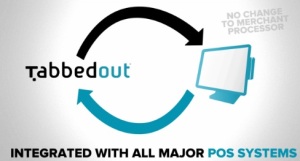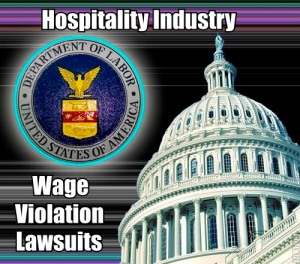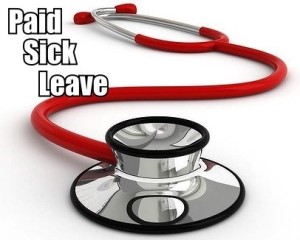“Tabbedout†is a new free app for smartphones. The credit card number is encrypted in the phone and tied to a tab…(the guest) can walk in, open (their) tab and show the phone to  the bartender (or waiter) and literally start ordering food and beer right away…when they feel like leaving the venue, press one button on (the) smartphone and leave…â€
the bartender (or waiter) and literally start ordering food and beer right away…when they feel like leaving the venue, press one button on (the) smartphone and leave…â€
Crooks are constantly stealing credit card numbers. Often times it’s skimmers attached to credit card machines or some other crafty way to lift information. Now a new app may help reduce the chances of that and simplify the dining out experience.
Denver is a test market for a new service that makes paying a tab in a restaurant or a bar as simple as just one quick click. It’s a legal way of “dining and dashing.â€
Who hasn’t been frustrated while waiting to pay a tab? And how safe is sending a credit card off with a waitperson? Now there are options. “Credit card fraud is the handing the cards back and forth. Someone will snap a picture of it and then steal your identity or take your credit card,†bartender Josh Finocchiaro said. “With this, it’s set up through your phone, so the card isn’t passed back and forth.â€
Restaurants like the Ice House in LoDo like it because it means the wait staff can focus on serving good food and drinks without worrying about serving up a check at the end of a meal. Diners gain more control over their experience and there’s no waiting around to pay.
Tabbedout is now in 25 restaurants around Denver and some in the mountains as well.
For more:Â http://denver.cbslocal.com/2013/03/02/tabbedout-app-helps-pay-restaurant-bill-avoid-credit-theft/











